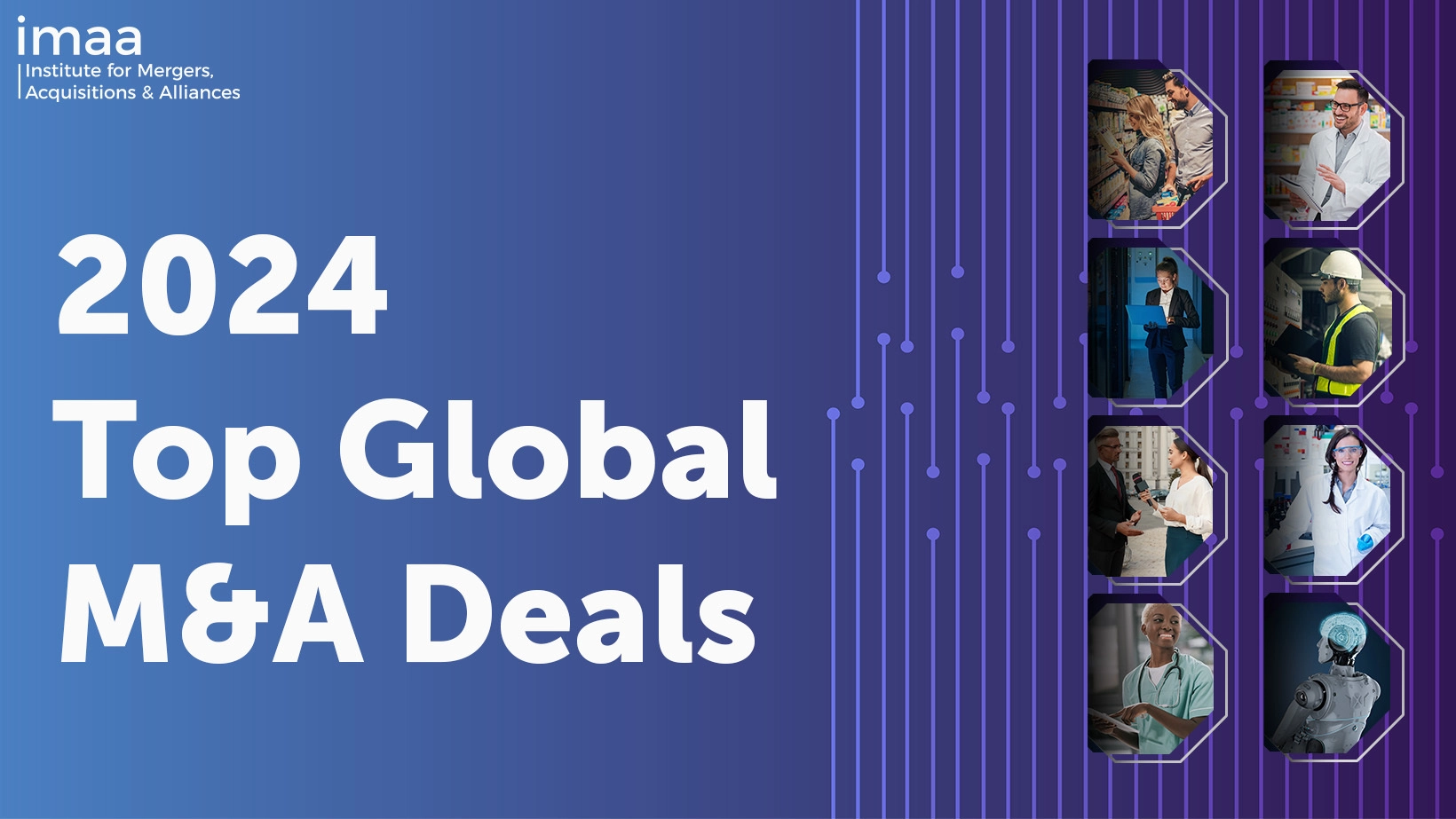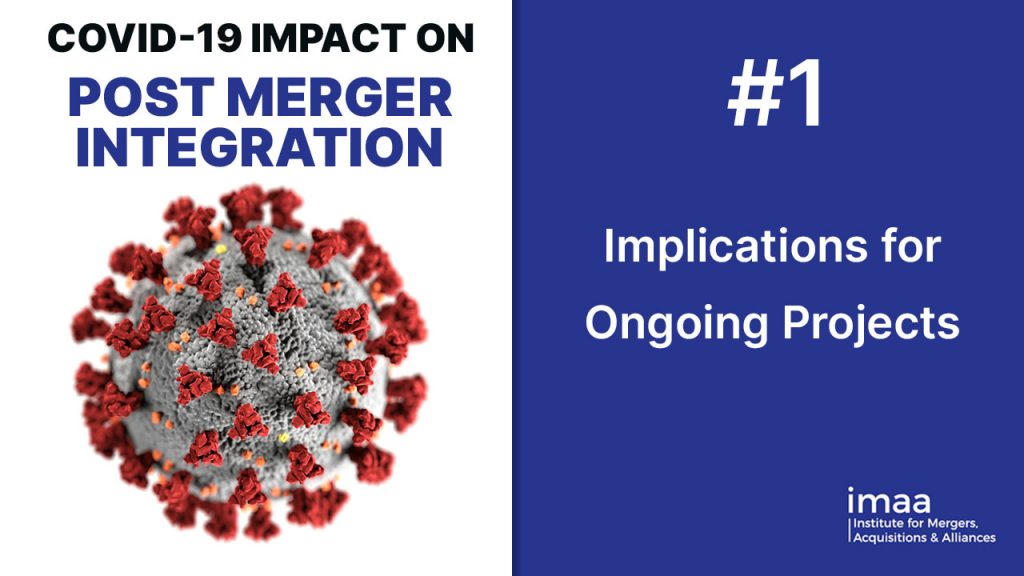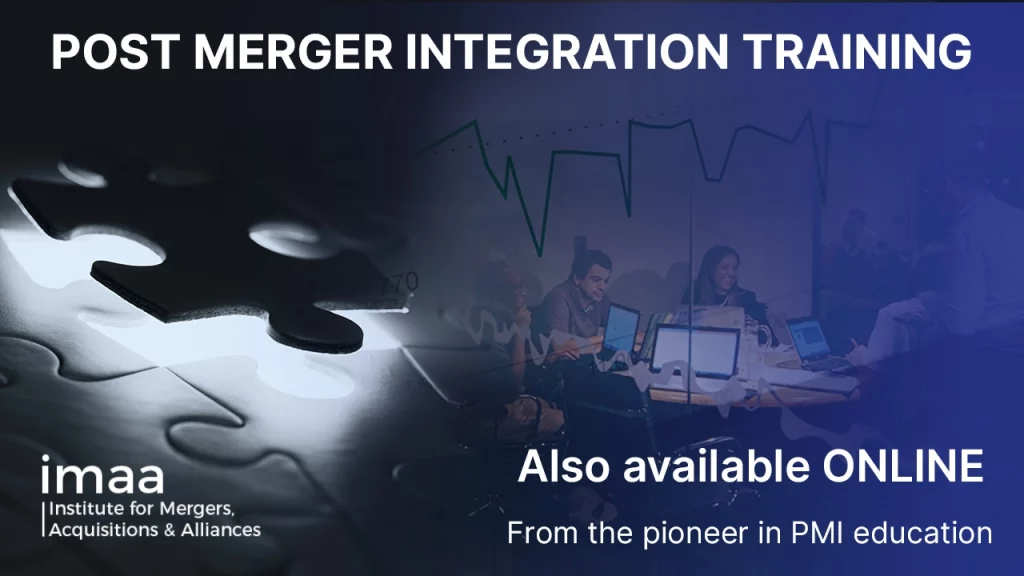
Blog Impact of Covid 19 virus on post merger integration
- Blog
Impact of Covid 19 virus on post merger integration
- Christopher Kummer

SHARE:

This is the first article of a series on the impact of COVID-19 on M&A, and we start with post merger integration.
As the COVID-19 spreads globally, it has a tremendous effect on daily life and the global economy. However, what would be its impact on Post Merger Integration?
We see impacts for ongoing integration projects, a very high impact on companies that have failed to properly integrate their past acquisitions so far, and ultimately for upcoming integration projects.
In this series on the impact on PMI, we will start with the impact on ongoing PMI programs.
For the ongoing PMI programs, we see a need to:
- Speed up delivery of results
- Adjust targets to match reality
- Plan for additional tasks and measures
- Reduction in further complexity and costs
- Recalibrate value drivers if necessary
- Review dependencies and encourage sharing different among workstreams
- Identify additional opportunities if visible
- Increase staffing on integration projects
- Clear and candid communication during times of uncertainty
Delivering integration results as early and as quickly as possible has become imperative to make an integration work in the current environment. With increased uncertainty, any delays will likely increase integration costs and distort the integration timeline. With continued delays, one can expect further uncertainty among employees regarding the direction of integration and can also lead to a feeling of stagnation.
While plans and synergy targets had been developed for an entirely different scenario, teams will be confronted with the following decision: do targets need to be adjusted to match the new reality? In the wake of increased complexity, planned synergies would require immediate adjustments while cautiously adapting to the changing conditions. The integration management office (IMO) would be required to clearly communicate new targets with an adjusted timeline. Two primary concerns which would need to be addressed quickly are:
- Minimize delays in delivering synergies
- Avoiding over-running integration budgets
However, integration teams will need to come up with additional tasks and measures to deliver results to speed up their delivery and/or ensure meeting targets. With expedited timelines, there are risks of increased complexity and costs. Additional measures may well be necessary to keep both factors in check. Value drivers along with quick wins will also need to be recalibrated based on the current situation. Furthermore, IMOs must clarify and communicate dependencies and ensure that workstreams are not working independently, especially in times where person to person contact is discouraged. The program will never be perfect and exigent situation such as global pandemics are an unpredictable reality. Integrations tend to move quickly, and steady state plans will often require flexibility and adaptability.
The IMO would be required to review and realign the portfolio and to prioritize list of projects accordingly. In complex and uncertain situations, the following three points can prove to be beneficial in managing revised targets:
- Minimize key employee, customer and supplier turnover
- Eliminate redundant assets
- Recruit additional resources
We see a need to increase staffing in ongoing integration projects for the following three reasons:
Firstly, integration projects are often understaffed right from their inception. Often, integration team members are required to manage workstreams and integration tasks in addition to their primary jobs and responsibility. If the pace of the integration is to be increased, additional resources will have to be employed which is not limited human resources. Secondly, achieving targets will become increasingly difficult owing to time constraints and will likely require capacity to be expanded for integration teams. Finally, communication will be of utmost importance in such events teams will have to rely on alternative communication means such web conferencing etc.
Clear and candid communication is required for further planning and clear execution. Workstream leads are encouraged to set up regular meetings with IMO to clearly align goals. Use communications to manage people’s perceptions of the integration and to resolve integration issues and risks. Manage communication channels which best fit your needs in the current situation. Sharing and publicizing quick wins will often improve moral and create a sense of accomplishment and directionality in uncertain times. Maintain an active feedback loop, increased pace of integration will further require clear and diligent communication.
In integrations, time is of the essence but in the current environment, be it a global health emergency or looming recession clouds, quick and efficient execution will become more challenging. IMO and integrations directors will require high flexibility to reassess and realign targets and extract maximum value while maintain transparent communication channels. The key is to proceed with the plan after due deliberation, rarely do plans workout a 100% of the time.
While the virus may cause challenges for ongoing PMI projects, some global best practices and hands-on insights by leading practitioners are available to you at any time in our post merger integration training online.

TAGS:


Stay up to date with M&A news!
Subscribe to our newsletter


